Home>Furniture>Outdoor Furniture>How Big Do Patio Tomatoes Get
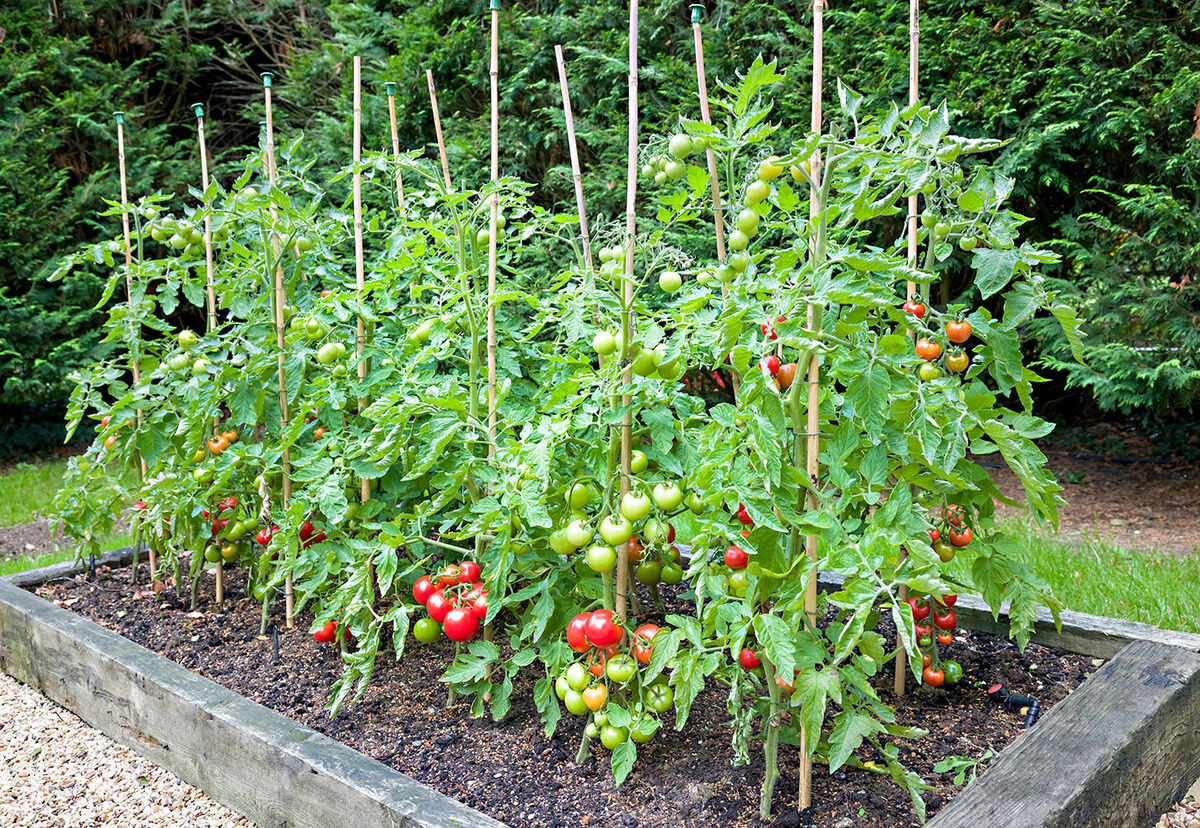

Outdoor Furniture
How Big Do Patio Tomatoes Get
Modified: October 20, 2024
Discover how big patio tomatoes can grow in your outdoor furniture garden. Find out the best practices for growing and maintaining these tomatoes for a bountiful harvest.
(Many of the links in this article redirect to a specific reviewed product. Your purchase of these products through affiliate links helps to generate commission for Storables.com, at no extra cost. Learn more)
Introduction
Welcome to the wonderful world of patio tomatoes! If you’re a gardening enthusiast or someone who loves fresh, homegrown produce, you’ll find that patio tomatoes are a fantastic addition to your outdoor space. These petite tomato plants are specifically bred to thrive in smaller containers, making them a perfect choice for balconies, patios, and even limited garden space.
In this article, we will explore everything you need to know about patio tomatoes, including their size, growing conditions, pruning techniques, common varieties, and how to harvest and use these delightful fruits.
Whether you’re a seasoned gardener or just starting out, patio tomatoes offer a unique and rewarding gardening experience. So let’s dive in and discover how big patio tomatoes can get and how you can create an abundant harvest in your own backyard!
Key Takeaways:
- Patio tomatoes are compact, flavorful, and perfect for small spaces like balconies and patios. With proper care and ideal growing conditions, they can yield abundant, juicy fruits for delicious culinary creations.
- Choosing the right variety, providing ideal growing conditions, and employing pruning techniques can help maximize the size and yield of patio tomatoes. Harvesting ripe tomatoes at the right time and using proper storage methods ensure the best flavor and texture.
Read more: How Big Do Patio Baby Eggplants Get
Understanding Patio Tomatoes
Patio tomatoes, also known as container tomatoes, are specifically bred for compact growth. Unlike traditional tomato plants that can grow several feet tall, patio tomatoes stay more compact and bushy, making them an excellent choice for small spaces.
These tomatoes typically have shorter internodes, which are the sections between the leaves where new growth occurs. This compact growth habit allows patio tomatoes to flourish in containers, hanging baskets, or even window boxes.
When it comes to size, patio tomatoes typically range from 12 to 24 inches in height, depending on the variety. The foliage of patio tomatoes is usually dense and lush, providing a charming green backdrop for the vibrant fruits.
One of the key advantages of growing patio tomatoes is that they require less space and can be grown in smaller containers. This makes them a popular choice for urban gardeners, apartment dwellers, and anyone with limited gardening space.
In addition to their compact size, patio tomatoes are known for their ability to produce an abundance of juicy, flavorful tomatoes. While they may be smaller in size compared to standard tomatoes, they certainly don’t compromise on taste!
Whether you prefer slicing them for fresh salads, adding them to sandwiches, or using them in delicious pasta sauces, patio tomatoes offer a delightful culinary experience.
Now that we have a better understanding of what patio tomatoes are and their compact size, let’s explore the various factors that can affect the size of these petite plants.
Factors Affecting the Size of Patio Tomatoes
While patio tomatoes are naturally compact in size, there are several factors that can influence the overall growth and size of these plants. By understanding these factors, you can optimize your gardening practices to ensure that your patio tomatoes reach their maximum potential.
1. Variety: The choice of tomato variety plays a significant role in determining the size of patio tomatoes. Some varieties are specifically bred to stay small and compact, while others may have a slightly larger growth habit. Before planting, check the seed packet or plant label to understand the expected size of the tomatoes.
2. Container Size: The size of the container you choose for your patio tomatoes can impact their growth. While these plants are well-suited for smaller containers, providing enough space for root development is crucial. Opt for containers with a minimum size of 12 inches in diameter to allow the roots to grow and support healthy foliage and fruit production.
3. Soil Quality: The quality of the soil has a direct impact on the size and health of patio tomatoes. Ensure that you use well-draining soil enriched with organic matter, such as compost or well-rotted manure. This will provide the necessary nutrients and moisture retention for robust plant growth.
4. Sunlight: Patio tomatoes thrive in full sun conditions. They require a minimum of 6 to 8 hours of direct sunlight per day to promote healthy growth and fruit development. Ensure that you place your containers in a location that receives ample sunlight throughout the day.
5. Watering: Proper watering is essential for the size and health of patio tomatoes. These plants prefer consistent moisture levels, but it’s crucial not to overwater them, as this can lead to root rot. Water deeply when the top inch of the soil feels dry, allowing excess water to drain out.
6. Fertilization: Providing adequate nutrients to your patio tomatoes will contribute to their overall size. Use a balanced tomato fertilizer or organic alternatives, following the recommended application rates. Applying fertilizer every 2-3 weeks during the growing season will support vigorous growth and fruit production.
By paying attention to these factors and maintaining proper care, you can ensure that your patio tomatoes reach their full potential in terms of size and overall yield. But what are the ideal growing conditions for patio tomatoes? Let’s find out in the next section.
Ideal Growing Conditions for Patio Tomatoes
To help your patio tomatoes thrive and achieve their maximum size and yield, it’s important to provide them with the ideal growing conditions. By understanding and meeting these conditions, you can create an environment that allows your plants to reach their full potential.
1. Sunlight: Patio tomatoes require a minimum of 6 to 8 hours of direct sunlight per day. Choose a location that receives ample sunlight, preferably facing south or west, to ensure your plants get the necessary light for photosynthesis and healthy growth.
2. Temperature: Tomato plants thrive in warm temperatures. Ideally, the daytime temperature should range between 70°F and 85°F (21°C to 29°C). Avoid exposing your patio tomatoes to extremely high temperatures, as this can cause stress and hinder their growth.
3. Soil: Good soil quality is essential for patio tomatoes. Use well-draining soil that is rich in organic matter. A pH level between 6.0 and 6.8 is ideal for optimal nutrient uptake. If your soil is heavy or clay-based, consider adding compost or peat moss to improve drainage.
4. Watering: Consistent and adequate watering is important for the growth and size of patio tomatoes. Water deeply once or twice a week, ensuring the soil is evenly moist but not waterlogged. Avoid overhead watering, as it can invite disease and fungal issues. Water at the base of the plant to keep the foliage dry.
5. Spacing: Give your patio tomatoes enough space to grow and spread. Plant them at least 2 feet apart to allow proper air circulation and prevent overcrowding. This spacing also ensures that each plant receives adequate sunlight and nutrients for optimal growth.
6. Support: Some patio tomato varieties may require support to help them remain upright as their fruit develops. Consider using small tomato cages, stakes, or trellis systems to provide support to the plants. This will prevent branches from breaking under the weight of the fruit and encourage vertical growth.
By providing the right growing conditions, you are setting the stage for healthy and robust patio tomatoes. But to maximize size and yield, proper pruning and training techniques are also essential. Let’s explore these techniques in the next section.
Patio tomatoes typically grow to be about 2-3 feet tall and produce small to medium-sized fruits. Make sure to provide them with plenty of sunlight and support for their vines as they grow.
Pruning and Training Techniques for Maximum Growth
Pruning and training your patio tomatoes is a crucial step in ensuring maximum growth and productivity. These techniques help maintain the plant’s shape, improve air circulation, and redirect energy towards fruit production. Here are some essential pruning and training techniques to consider:
1. Remove Suckers: Tomato plants often produce “suckers,” which are small shoots that emerge from the leaf axils, where the leaf joins the main stem. These suckers can divert energy away from fruit production, so it’s recommended to pinch them off with your fingers or use clean pruning shears. Focus on removing suckers that grow in the crotches between the main stem and branches.
2. Support Main Stem: As your patio tomatoes grow, use stakes or small tomato cages to support the main stem. This prevents it from bending or breaking under the weight of the fruit. Secure the stem loosely with twine or soft plant ties, allowing room for growth.
3. Prune Lower Leaves: Removing the lower foliage from your patio tomatoes facilitates better air circulation and reduces the risk of diseases. Prune the lower leaves that are touching the ground or close to it. This also helps redirect energy towards the upper parts of the plant where fruit production is highest.
4. Train Branches: If your patio tomatoes are sprawling or growing in a tangled manner, gently train the branches as they grow. Encourage them to grow upward or outward, depending on your desired growth pattern. This helps create a more organized and manageable plant structure.
5. Prune Diseased or Damaged Foliage: Regularly inspect your plants for any diseased or damaged foliage. Prune these leaves promptly to prevent the spread of diseases and allow the plant’s energy to be focused on healthy growth and fruit production.
Remember, every plant is unique, and some patio tomato varieties may require different pruning approaches. It’s best to refer to specific variety guidelines or consult with local gardening experts for tailored advice.
By employing these pruning and training techniques, you can ensure that your patio tomatoes grow in an organized and efficient manner, maximizing their potential for growth and fruit production. Now, let’s explore some common varieties of patio tomatoes that you can consider planting in your garden.
Read more: How To Plant Patio Tomatoes
Common Varieties of Patio Tomatoes
When it comes to selecting patio tomatoes for your garden, there are several wonderful varieties to choose from. These varieties have been specifically bred to thrive in compact spaces and produce delicious fruits. Here are some common varieties of patio tomatoes to consider:
1. ‘Tiny Tim’: This is a popular patio tomato variety known for its small size and early maturity. ‘Tiny Tim’ plants reach a height of around 10-12 inches and produce an abundance of cherry-sized tomatoes. Perfect for small containers and hanging baskets.
2. ‘Tumbling Tom’: As the name suggests, ‘Tumbling Tom’ is a cascading variety that looks stunning in hanging baskets. The plants reach a height of 12-18 inches and produce cherry-sized, sweet tomatoes. It comes in both red and yellow varieties.
3. ‘Patio Princess’: This compact determinate variety grows to a height of around 18-24 inches. ‘Patio Princess’ offers a high yield of flavorful medium-sized tomatoes that are perfect for slicing and salads.
4. ‘BushSteak’: Despite its compact size, ‘BushSteak’ produces large, juicy tomatoes that are perfect for slicing. This determinate variety reaches a height of around 24-30 inches and is well-suited for containers and small garden spaces.
5. ‘Patio Choice Yellow’: If you’re looking for a patio tomato with a vibrant, sunny color, ‘Patio Choice Yellow’ is a great option. This determinate variety grows to a height of 18-24 inches and produces an abundance of sweet, golden tomatoes.
These are just a few examples of the many patio tomato varieties available. When selecting a variety, consider factors such as taste preference, growth habit, and fruit size to find the perfect fit for your garden and culinary needs.
Now that you’ve chosen your patio tomato variety, let’s move on to the exciting part – harvesting and using the delicious fruits!
Harvesting and Using Patio Tomatoes
After all the hard work of growing and caring for your patio tomatoes, it’s time to enjoy the fruits of your labor! Here are some tips on when and how to harvest your patio tomatoes and how to make the most of their delicious flavor:
1. Timing: Patio tomatoes are ready to harvest when they reach their mature color. This will vary depending on the variety, but generally, when the tomatoes are firm and fully colored, it’s a good indication that they are ready for picking. Avoid harvesting tomatoes that are still green or overly soft.
2. Twist and Pull: To harvest your patio tomatoes, simply twist and gently pull the fruit away from the stem. If the tomatoes are not easily separating from the plant, use a pair of clean pruning shears to cut the stem just above the calyx (the green leafy part that attaches to the fruit).
3. Ripening: If you have harvested tomatoes that are still slightly green, you can ripen them off the vine. Place them in a single layer in a warm, well-ventilated area, away from direct sunlight. They will gradually ripen and become fully red and flavorful within a week or two.
4. Storage: Once fully ripened, store your patio tomatoes at room temperature on a countertop or in a cool pantry. Avoid placing them in the refrigerator, as this can affect flavor and texture. Use the tomatoes within a week or preserve them through canning or freezing methods.
5. Delicious Uses: Patio tomatoes are incredibly versatile in the kitchen. Use them in fresh salads, slice them for sandwiches and burgers, or create mouthwatering salsas and sauces. Their compact size also makes them perfect for stuffing with fillings like cheese, herbs, or grains before baking. The options are endless!
6. Preservation: If you have a surplus of patio tomatoes, consider preserving them for future use. Canning, making tomato sauce, or freezing the tomatoes are great ways to preserve their flavor and extend their shelf life. Follow proper preservation techniques to ensure the best quality.
Remember to wash your patio tomatoes before using them, and always savor the taste of your homegrown harvest. Enjoy the juicy goodness that you’ve nurtured from seed to plate!
Now that you’ve learned about harvesting and using patio tomatoes, let’s summarize the key points of this article.
Conclusion
Growing patio tomatoes can be a fulfilling and rewarding gardening experience, even if you have limited space. These compact and fruitful plants offer a bountiful harvest of delicious tomatoes right at your fingertips. By understanding the factors that affect the size of patio tomatoes and providing them with the ideal growing conditions, you can maximize their growth and yield.
Remember to choose the right variety of patio tomatoes based on your preferences and gardening circumstances. Pruning and training techniques help maintain their shape, improve air circulation, and redirect energy towards fruit production. Harvesting ripe patio tomatoes at the right time ensures the best flavor and texture, while proper storage and preservation methods allow you to enjoy their goodness long after the growing season.
So, whether you have a balcony, a small patio, or even just a sunny window, patio tomatoes can thrive and bring joy to your gardening endeavors. Their compact size, vibrant foliage, and flavorful fruits make them an excellent choice for any outdoor space.
Embrace the beauty and flavors of patio tomatoes, experimenting with different varieties and savoring the delectable dishes they can create. Discover the joy of growing your own food, connecting with nature, and enjoying the fruits of your labor.
So, go ahead and dive into the world of patio tomatoes! With the right care, these small plants can bring big rewards and add a touch of freshness and flavor to your outdoor space. Happy gardening!
Frequently Asked Questions about How Big Do Patio Tomatoes Get
Was this page helpful?
At Storables.com, we guarantee accurate and reliable information. Our content, validated by Expert Board Contributors, is crafted following stringent Editorial Policies. We're committed to providing you with well-researched, expert-backed insights for all your informational needs.
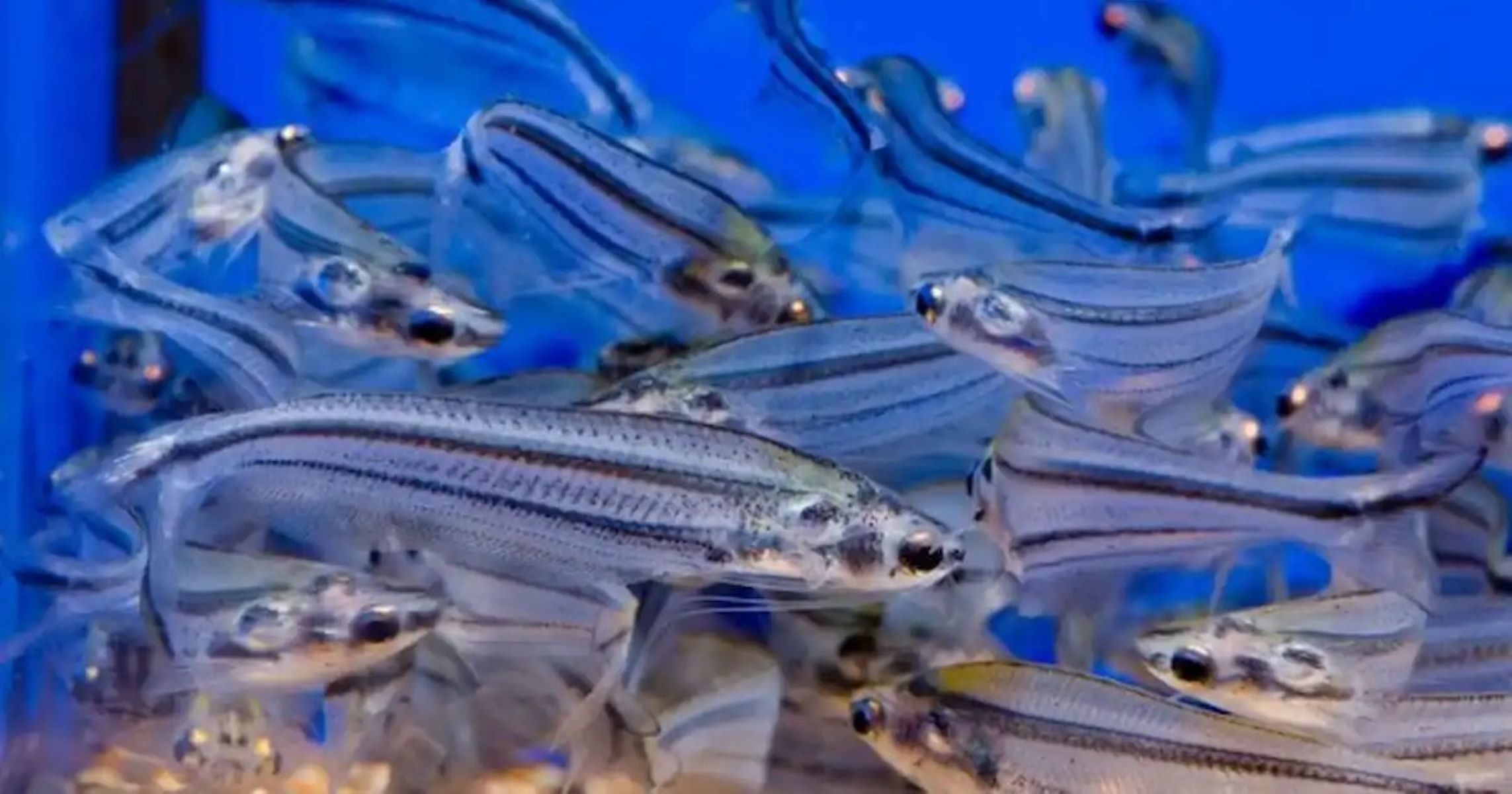



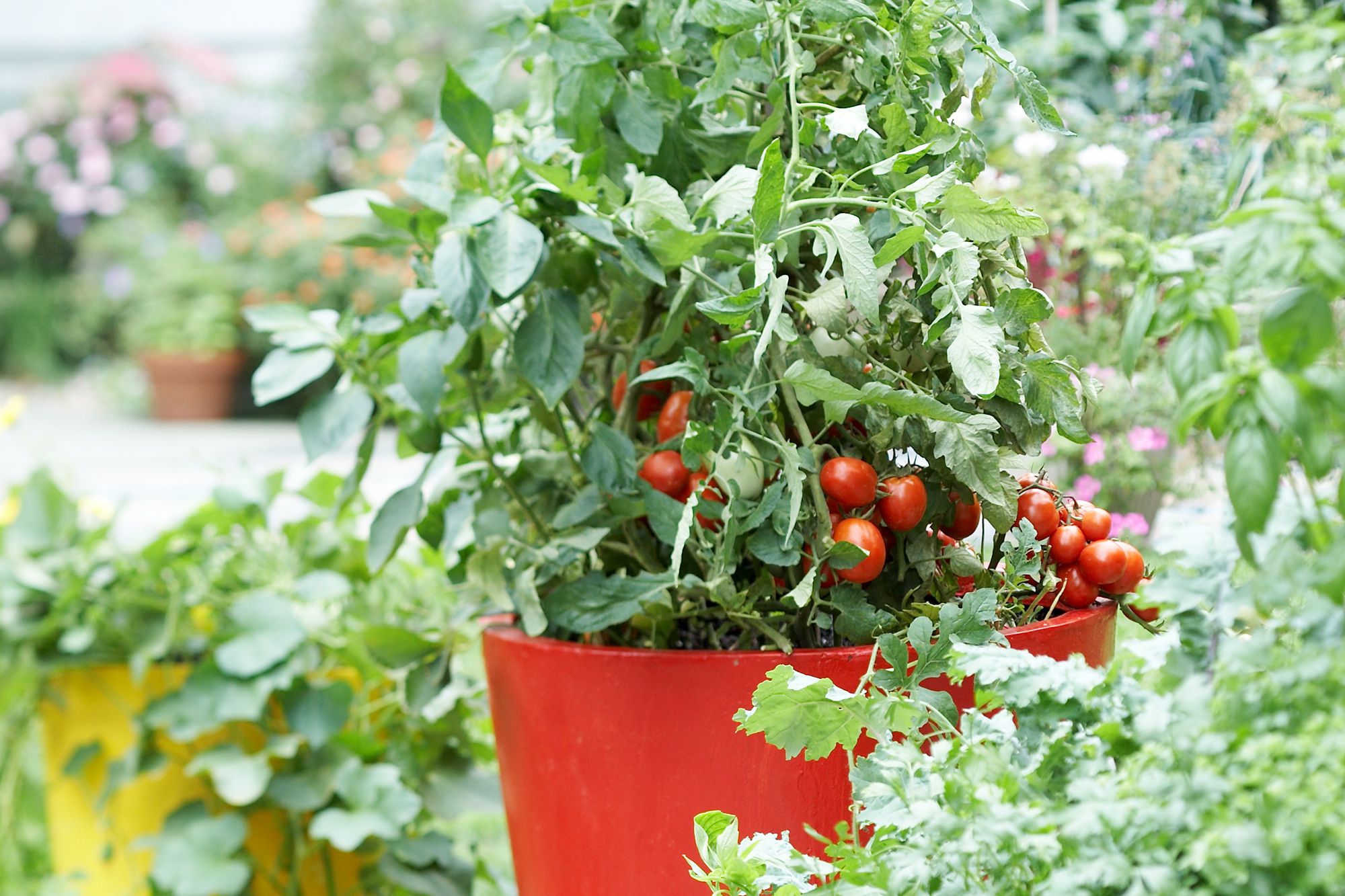






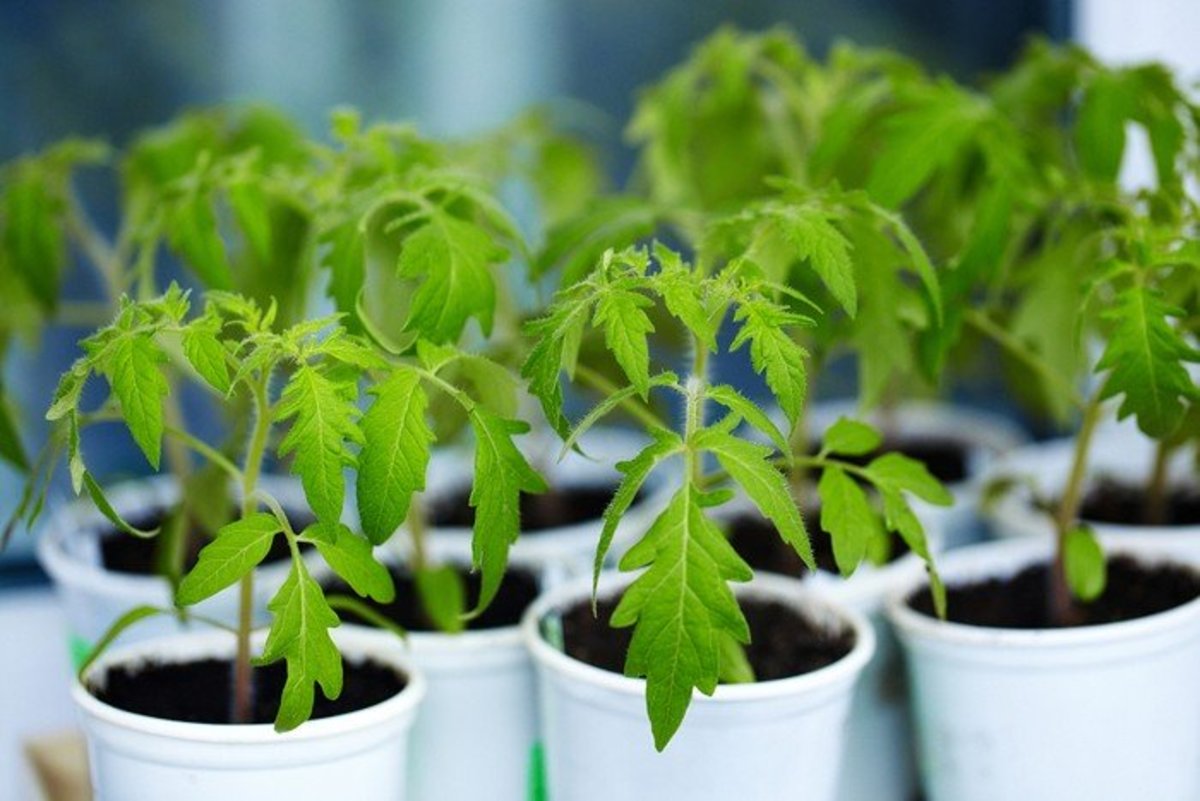
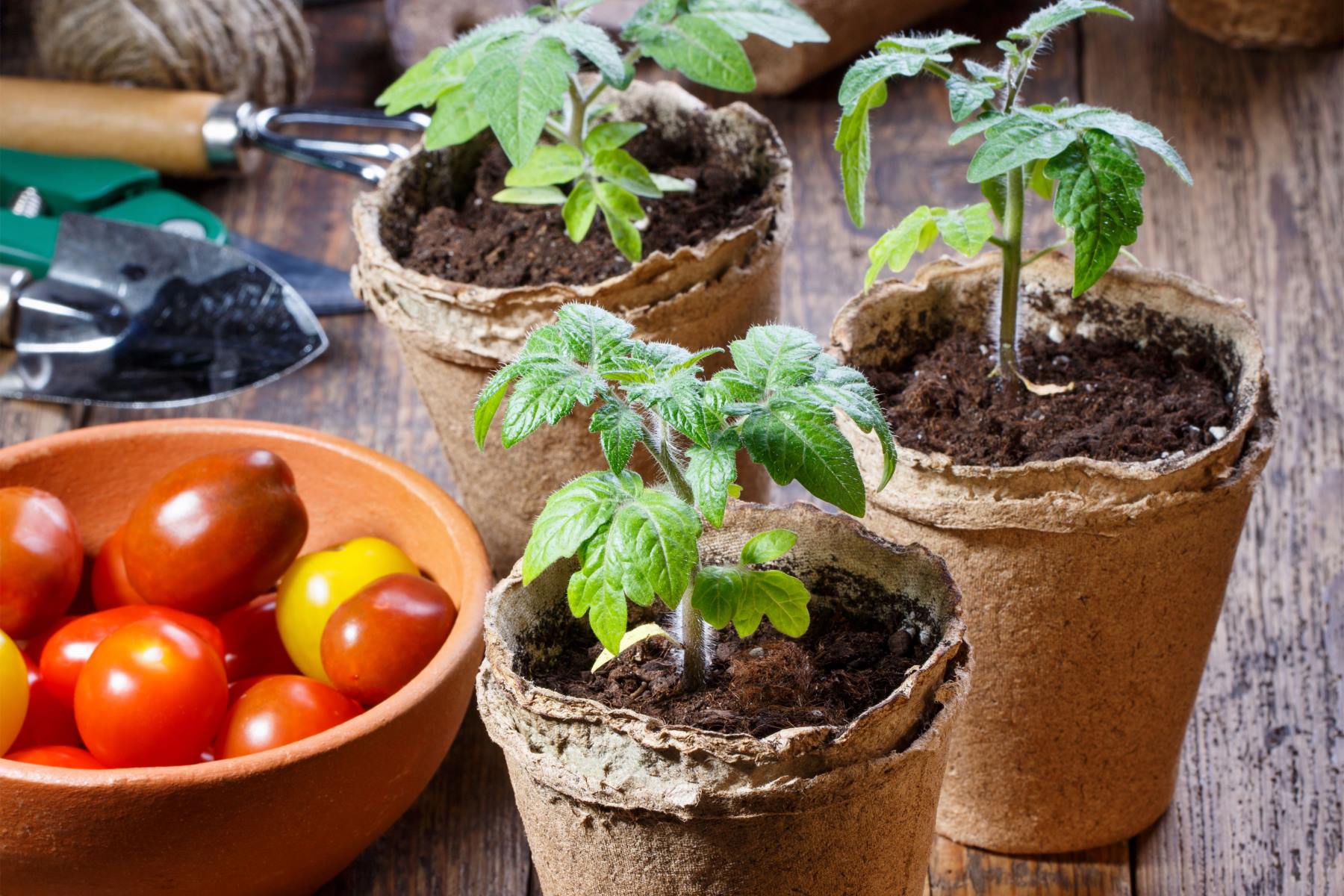
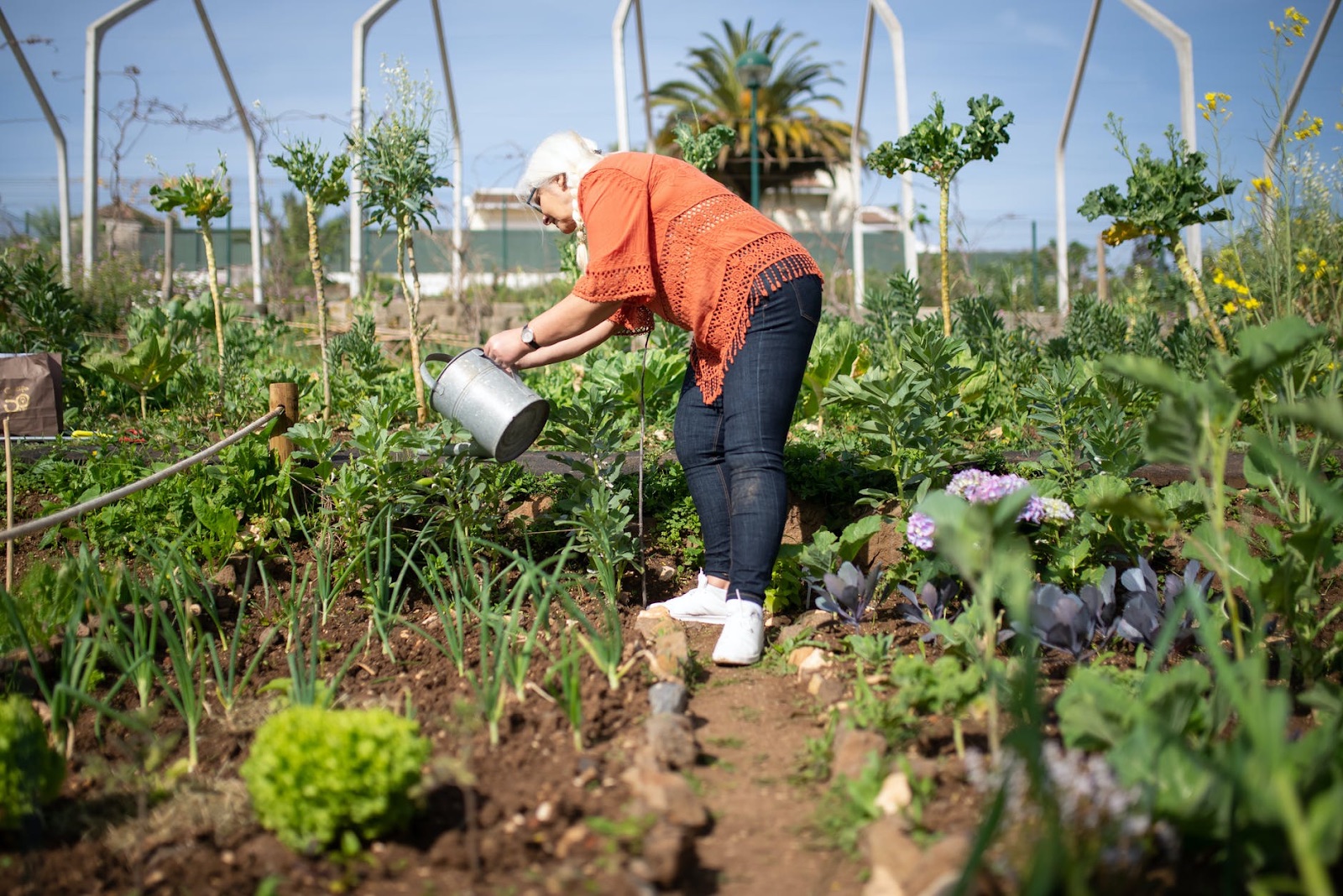

0 thoughts on “How Big Do Patio Tomatoes Get”